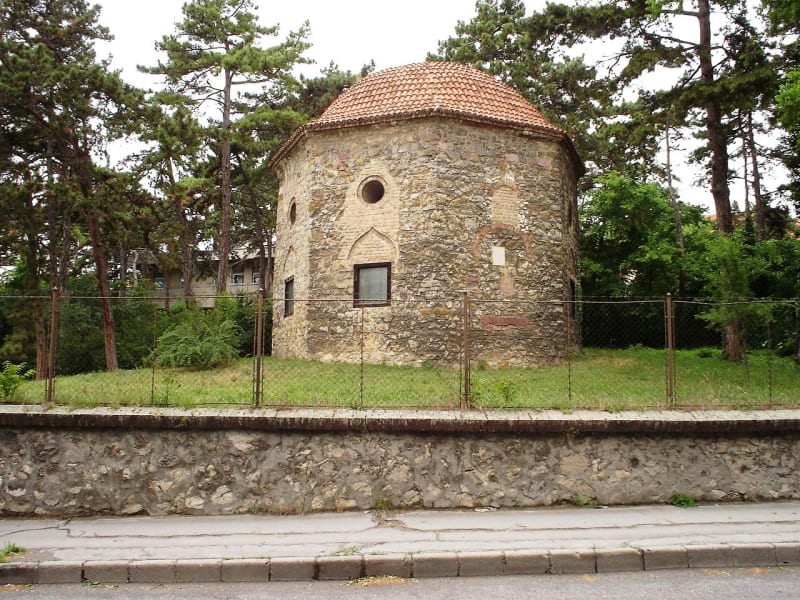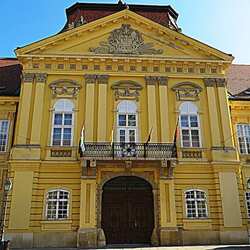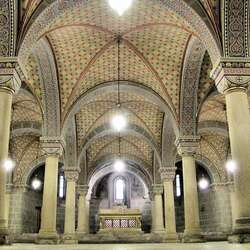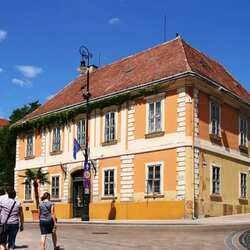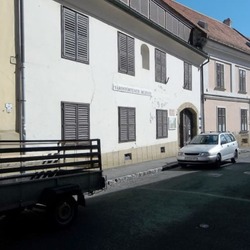Mausoleum of Idris Baba
Idris Baba Mausoleum is one of the two preserved Muslim shrines in Hungary. It is located in the small town of Pec, which is known in society as the open-air museum. There are many attractions here, so it's better for travelers to come here for a few days.

The History of the Idris Baba Mausoleum
In the Muslim tradition, a turban is the tomb of a famous spiritual leader or noble. Such burials often became a place of pilgrimage for Muslims. Usually, such a mausoleum was installed on the territory adjacent to the mosque. There is practically no information about who is buried in this tomb. There is only one name - Idris Baba, it is believed that this is a Muslim saint who could perform many miracles during his life.
Adding the word "baba" to the Muslim name means that this is a respected person, a wise or elderly man, a spiritual teacher. The word can also mean "founder of the family", "ancestor", "elder".
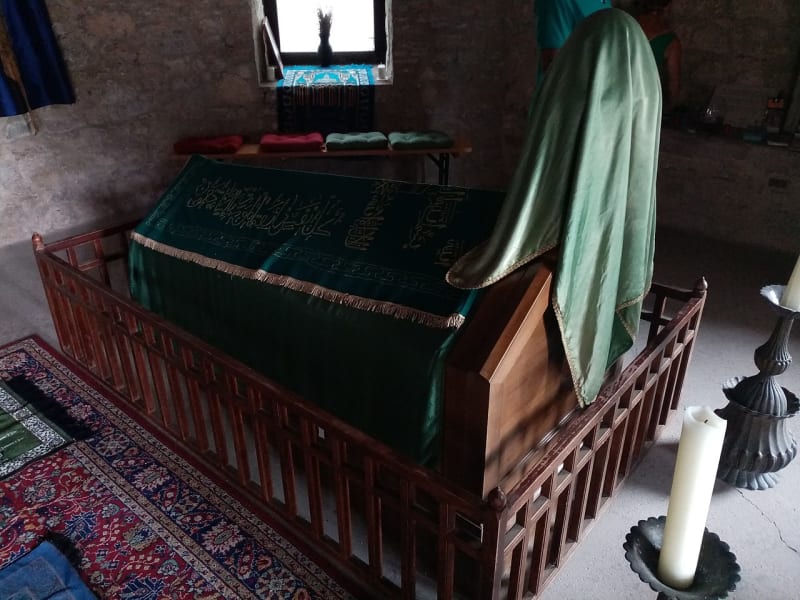
In continuation of the topic
A reasonable question arises: how did the Idris Baba Muslim mausoleum appear on the territory of a European state where the Christian religion prevails? The fact is that from 1543 to 1686, this region of Hungary was under the rule of the Ottoman Turks. Christian churches were then being converted into mosques. The city acquired oriental features. During the 143 years of Muslim rule, many buildings of Turkish architecture were built. Obviously, the mausoleum of the same name was built for the burial of the deceased respected orthodox Muslim, who was revered by the Turks as a holy man and whose name was Idris Baba.
The architecture of the Idris Baba Mausoleum
According to historians, the mausoleum in Peche was built in 1591, it is a small single-chamber octagonal tower covered with a dome, which is traditional for a turban. The width of the structure is 6 m, the height together with the dome is 8.5 m. The windows are on two levels: the upper ones are round, below them are square, with an imitation arch in the form of a Muslim turban. The entrance to the Mausoleum of Idris Baba was originally walled up. The new entrance appeared after the reconstruction of the burial site at the end of the 17th century. Interestingly, the opening was made in the Gothic style, and in the 18th century there was a chapel in the mausoleum building, and then a powder magazine.
The Mausoleum of Idris Baba today
After 1912, when the burial place of Idris Baba was discovered, the restoration of the mausoleum began. In 1961, the architectural structure was recognized as a historical monument, after which it was completely restored. The Turkish government donated a grave monument, a prayer mat and traditional ritual fabrics for turbe. Today, the mausoleum of Idris Baba is a Muslim shrine and a significant architectural monument. Tourists can view the building only from the outside.

